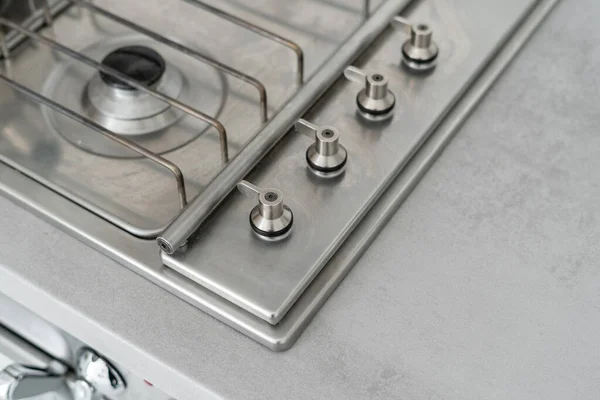Understanding Stove Elements and Their Advantages
- Written by Modern Australian
Introduction
Stove elements are an essential part of any modern kitchen, providing a quick and efficient way to cook a wide range of meals. They come in various shapes, sizes, and styles to suit different stoves, and are made from different materials depending on their intended use. Understanding stove element design and installation is crucial when selecting the right stove element for your kitchen. In this article, we will explore the different types of stove elements available, including electric coil, radiant, halogen, induction, and gas burners. We will also discuss the benefits of using stove elements and provide maintenance and safety tips for their proper use.
Types of Stove Elements
Stove elements are a crucial component of any kitchen. They come in various shapes, sizes, and types to suit different cooking needs. In this article, we will explore the different types of stove elements available in the market today.
- Electric Coil
Electric coil elements are one of the most common types of stove elements used in households. They are made up of metal coils that heat up when electricity passes through them, providing a steady source of heat to cook food on top. Electric coil elements are economical to operate and easy to clean since they don't require manual cleaning or complicated maintenance. However, they may not always provide enough heat for certain recipes or heavy-duty cooking tasks such as deep frying or searing meats.
- Radiant, Halogen, and Induction Elements
Radiant heat elements use ceramic plates that are heated by electricity and then radiate heat evenly across the surface area when in use. These plates have better temperature control than electric coils, making them great for precise cooking tasks like baking cakes and pastries or simmering sauces at low temperatures for long periods without burning them on one side only. However, because these plates take longer to reach their desired temperature than electric coils do, they may not be suitable for quick cooking tasks.
Halogen elements are similar to radiant heat elements, but they use a halogen bulb to produce heat instead of a ceramic plate. They heat up quickly, making them ideal for cooking tasks that require high temperatures.
Induction elements use electromagnetic energy to heat the cookware directly rather than the surface of the element. This results in faster heating times, better temperature control, and greater energy efficiency than other types of stove elements.
- Gas Burners
Gas burners are a traditional and popular type of stove element. They use gas to produce a flame that heats the cookware placed on top of it. Gas burners provide instant heat, making them ideal for quick cooking tasks. They also allow for greater control over the heat output, which is essential for tasks like simmering and sautéing.
Benefits of Using Stove Elements
Using stove elements in your kitchen can bring a wide range of benefits, such as even heat distribution, energy efficiency, and durability. Here are some of the benefits in more detail:
- Even Heat Distribution: One of the primary benefits of stove elements is that they provide even heat distribution throughout the entire cooking surface. This is particularly important when cooking dishes that require consistent heat, as it can help prevent hot spots or cold areas on the food. The uniform heat also helps ensure that you don't accidentally burn one side of a dish while leaving other parts raw or undercooked.
- Energy Efficiency: Stove elements are designed to be energy efficient, which can help reduce energy costs and lower your monthly utility bills over time. Compared to traditional gas or electric ranges, stove elements require less energy usage from the oven to achieve similar temperatures and cooking methods. This can help lower your carbon emissions from your home's heating system overall!
- Durability: Stove elements are typically made from durable materials, such as ceramic or metal, which makes them well-suited for long-term use in busy kitchens where high temperatures are often used daily. Additionally, these materials are often easier to clean and maintain than other types of stove elements, such as gas burners.
- Versatility: Stove elements come in a variety of sizes, shapes, and materials, making them ideal for any cooking need. For example, some stove elements are designed for heavy-duty cooking tasks such as deep frying or searing meats, while others are better suited for precise cooking tasks like baking cakes and pastries or simmering sauces at low temperatures for long periods without burning them on one side only.
- Ease of Use: Stove elements are typically easy to use and require little to no complicated maintenance or manual cleaning. This makes them a convenient option for busy households where time is at a premium.

Conclusion
In conclusion, stove elements are essential components in modern kitchens and offer a range of benefits. Whether you are looking for even heat distribution, energy efficiency, or durability, stove elements are designed to meet your cooking needs. With various types of stove elements available, such as electric coil, radiant heat, halogen, induction, and gas burners, you can choose the right one that fits your cooking style and preferences. However, it is crucial to maintain and use stove elements safely and properly to avoid any accidents. By following the maintenance and safety tips provided, you can ensure the longevity of your stove elements and enjoy hassle-free cooking for years to come.

























